Fauna




Cagarro / Cory’s Shearwater
(Calonectris borealis)
O CAGARRO é uma ave marinha de porte médio cujas vocalizações noturnas são muito conhecidas nas ilhas açorianas. Tem bico amarelo e pode ser identificada pela cor das partes superiores (cinzento-acastanhado) contrastando com as partes inferiores brancas. Quando voam junto às ondas do mar são ágeis, mas em terra são muito desajeitadas. Nas águas açorianas, é frequente observar bandos de Cagarros a alimentarem-se em associação com outras espécies marinhas, tais como os cetáceos e tunídeos, que cercam as suas presas junto à superfície, ou então pousados na superfície da água, formando as chamadas «jangadas».
Em finais de fevereiro os Cagarros adultos chegam às ilhas. Fazem seus ninhos, em arribas e falésias, em cavidades naturais, fendas nas rochas ou escavando buracos. Para além dos possíveis predadores que possam invadir os ninhos e matar as crias, o maior perigo para estas jovens aves é quando saem dos ninhos pela primeira vez em busca de alimento, quando já se encontram sós, confundindo as estrelas, pelas quais se orientam, com a iluminação artificial das zonas urbanas, desorientando-se e caindo em terra em vez de chegarem ao mar, ficando feridas ou mesmo morrendo.
Graças à campanha SOS Cagarro, que decorre entre os meses de outubro e novembro, coordenada e orientada pelo Governo Regional e à colaboração das inúmeras entidades não governamentais e voluntários, tem sido possível reduzir o número de mortes.
O Cagarro é a maior pardela que nidifica no hemisfério Norte, nidificando em todas as ilhas e ilhéus açorianos. Os Açores albergam 75% da sua população mundial.
THE CORY’S SHEARWATER is a medium-sized seabird whose nocturnal vocalizations are well known in the Azorean islands. It has a yellow bill and can be identified by the color of its upper parts (gray-brown) contrasting with the white underparts. When flying near the waves, they are agile, but on land, they are very clumsy. In the waters around the Azores, it is common to observe flocks of Cory’s shearwaters feeding in association with other marine species, such as cetaceans and tunas, which gather prey near the surface, or resting on the water’s surface, forming what are called ‘rafts.’
In late February, adult Cory’s shearwaters arrive on the islands. They nest on cliffs and ledges, in natural cavities, cracks in rocks, or by excavating holes. Besides potential predators that may invade the nests and kill the chicks, the greatest danger for these young birds is when they leave the nests for the first time in search of food, when they are already alone, mistaking stars, which they use for orientation, for artificial lighting in urban areas, becoming disoriented and landing on land instead of reaching the sea, getting injured or even dying.
Thanks to the «SOS Cagarro» campaign, which takes place between October and November, coordinated and directed by the Regional Government with the collaboration of numerous non-governmental entities and volunteers, it has been possible to reduce the number of deaths.
The Cory’s shearwater is the largest shearwater that nests in the Northern Hemisphere, nesting on all the Azorean islands and islets. The Azores host 75% of its global population.
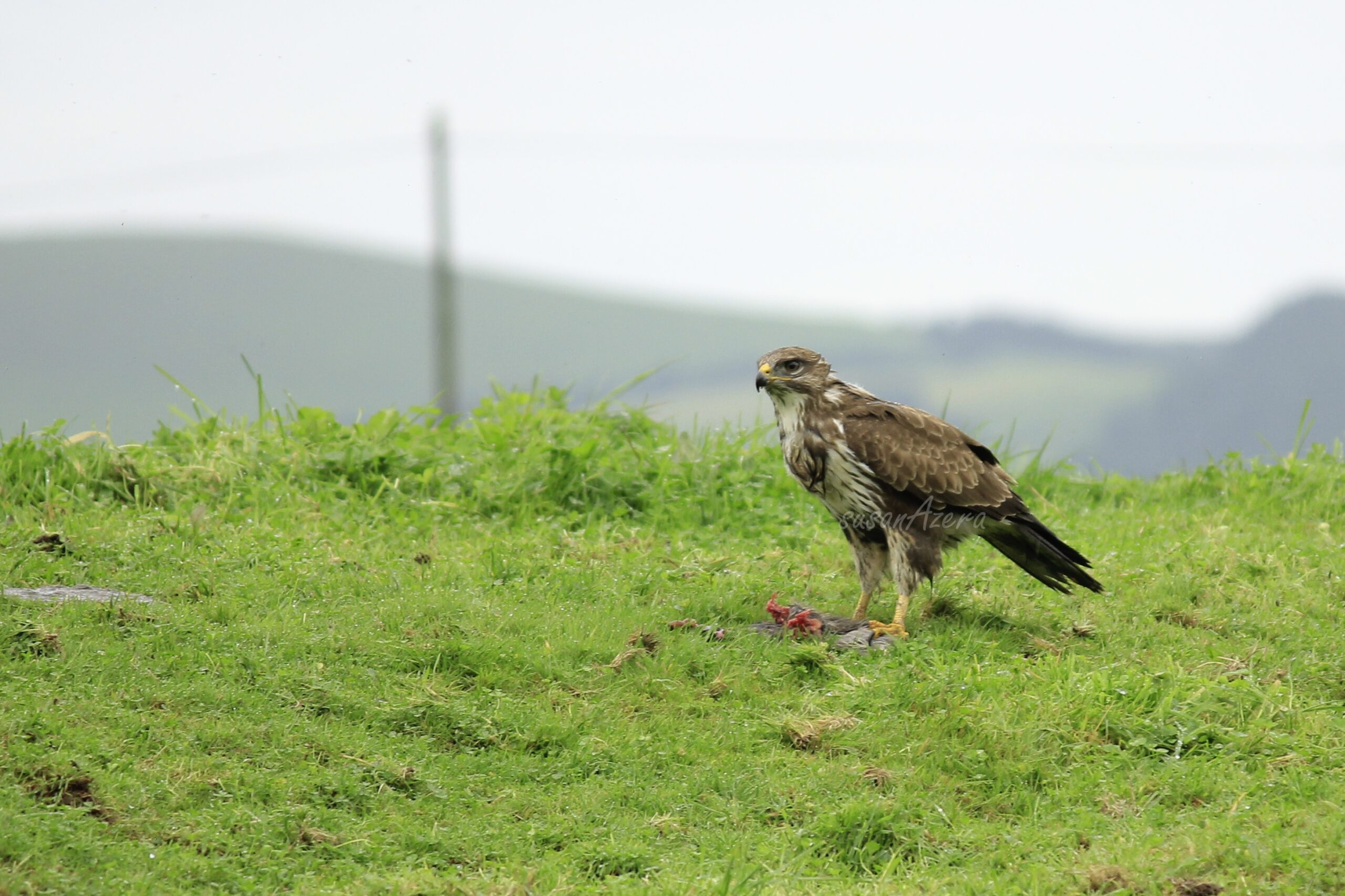
Milhafre
(Buteo buteo)
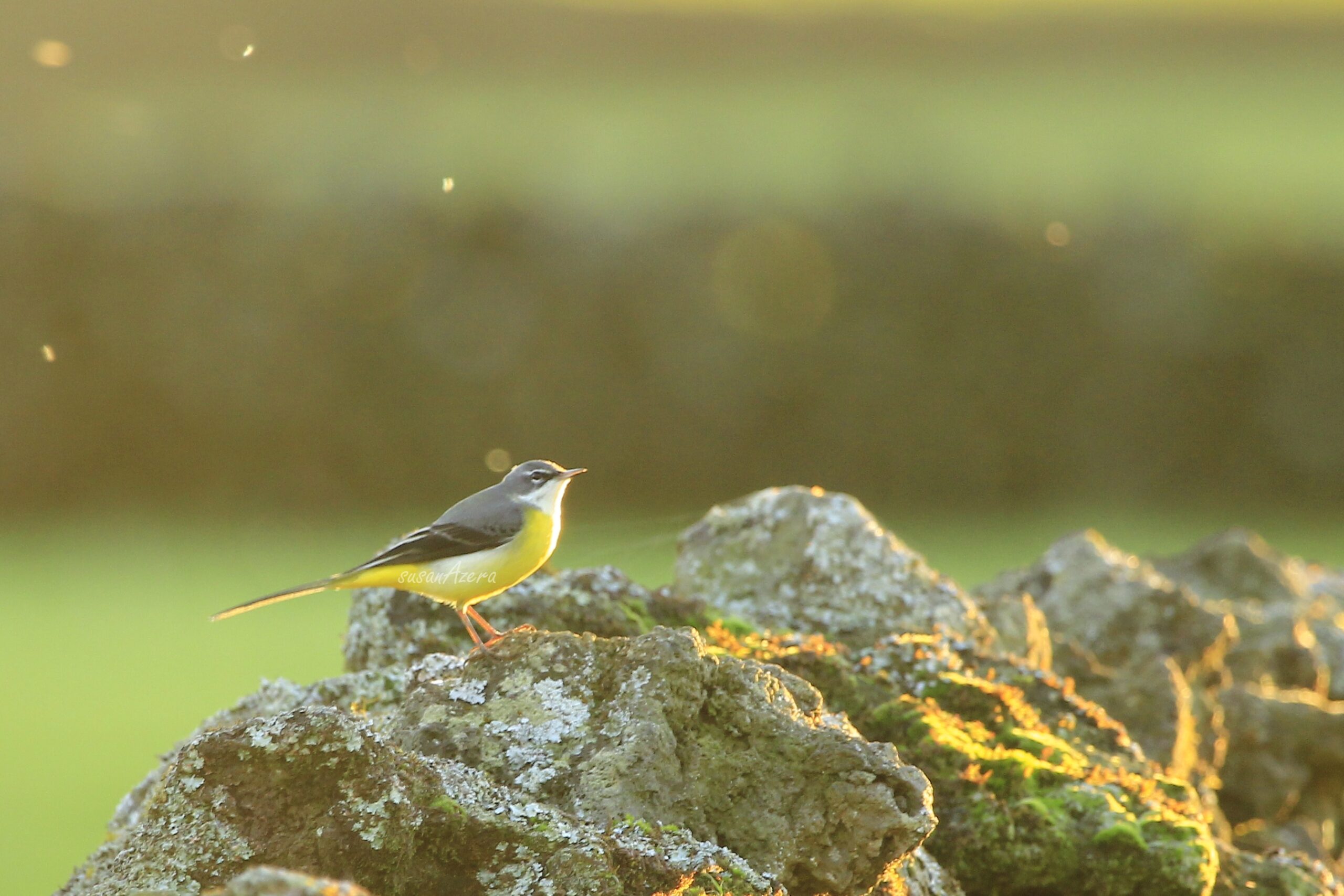
Alvéola-cinzenta
(Motacilla cinerea)
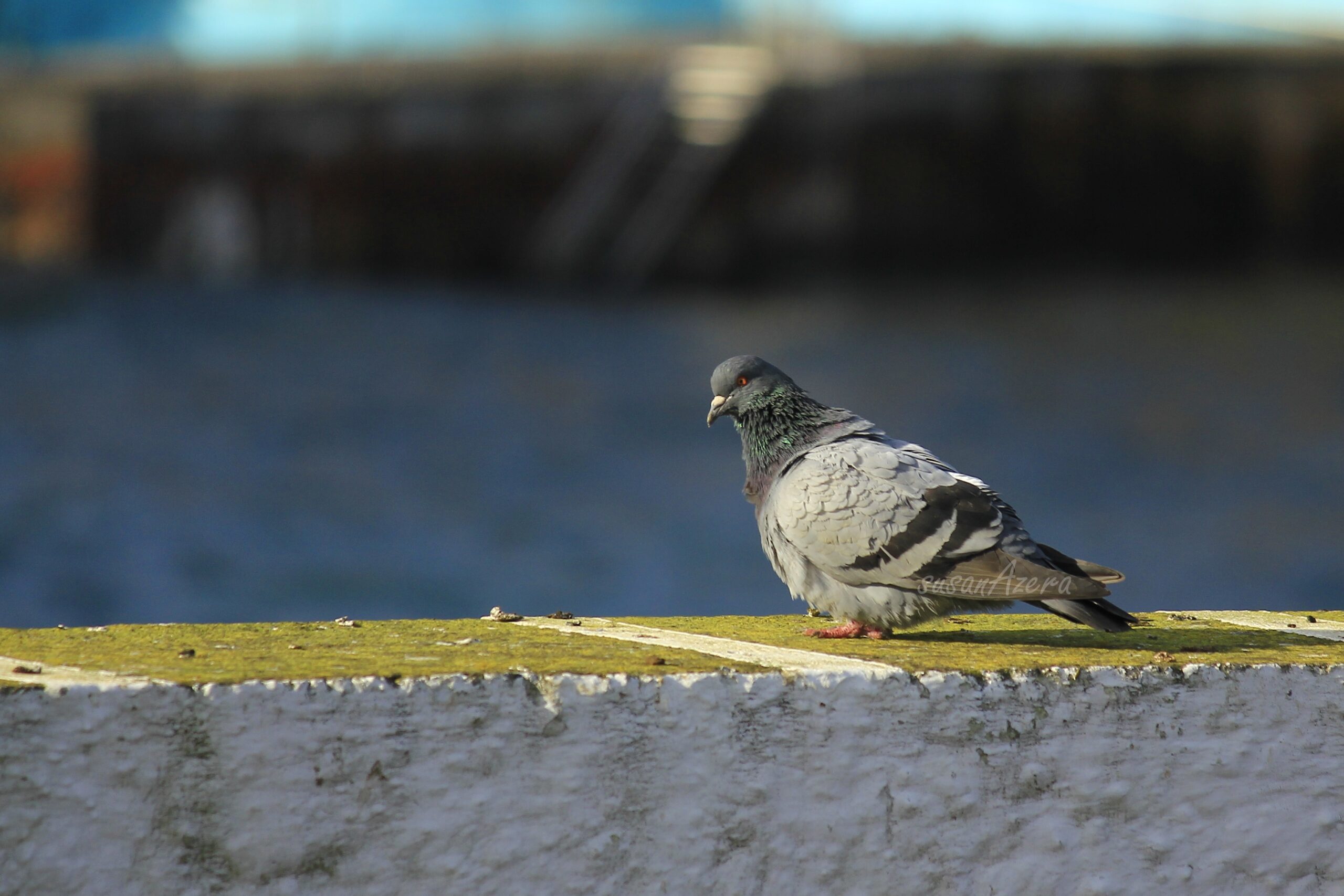
Pombo-das-rochas
(Columba livia)
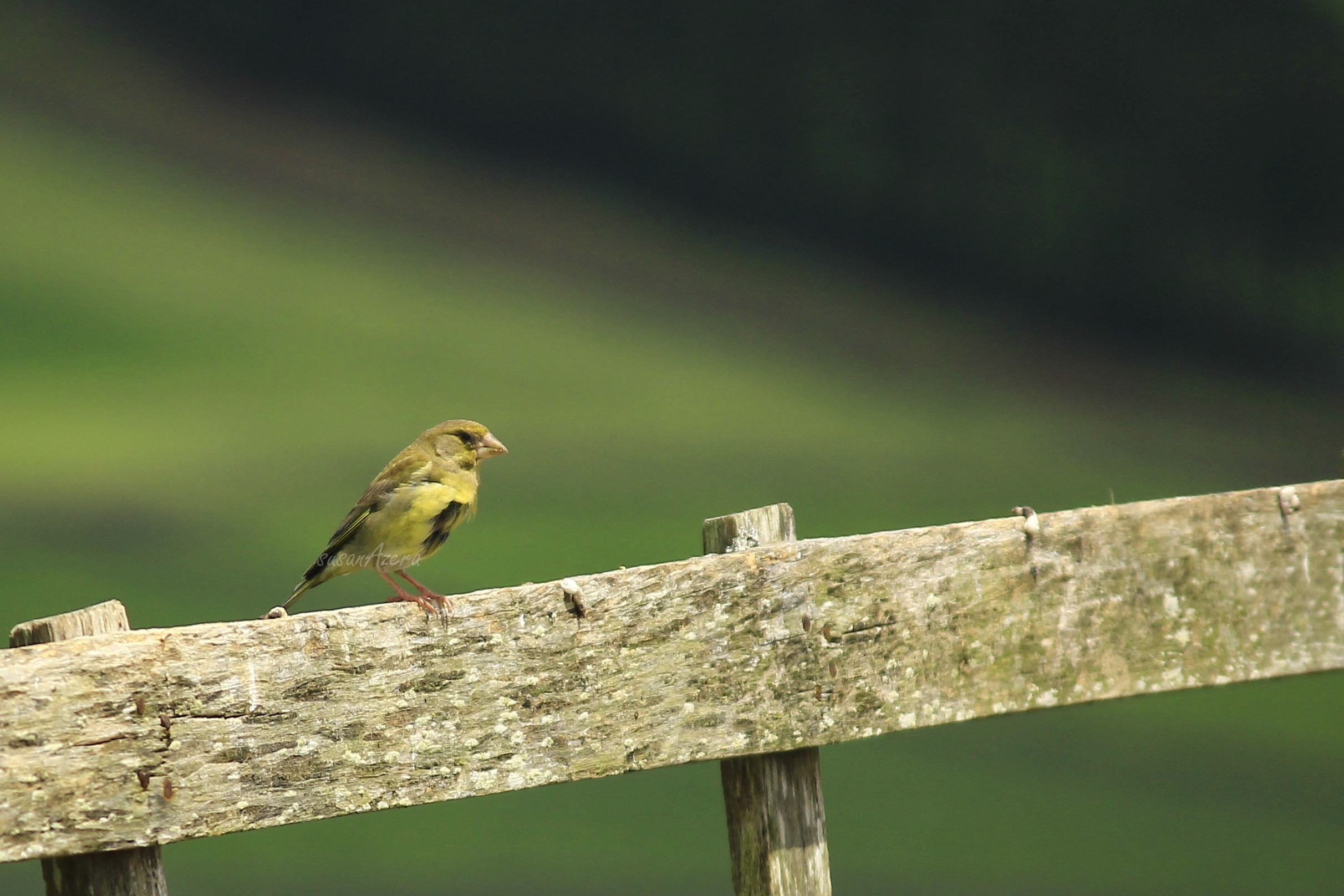
Verdilhão
(Carduelis chloris)
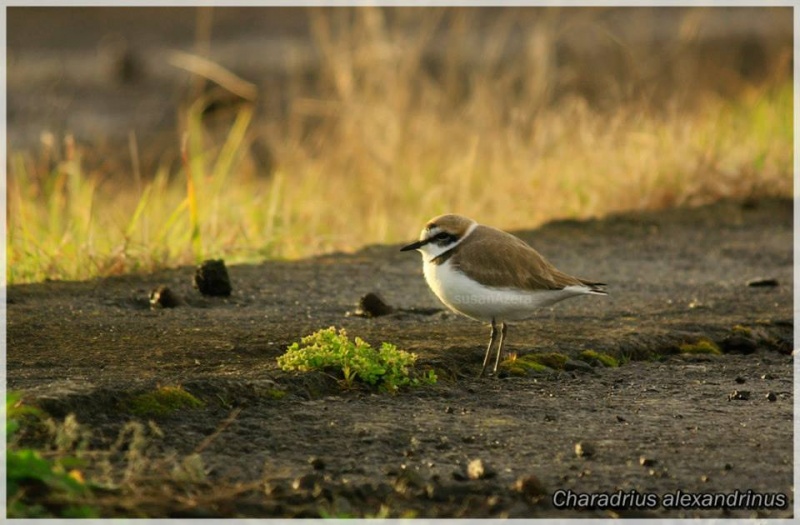
Borrelho-de-coleira-interrompida
(Charadrius alexandrinus)
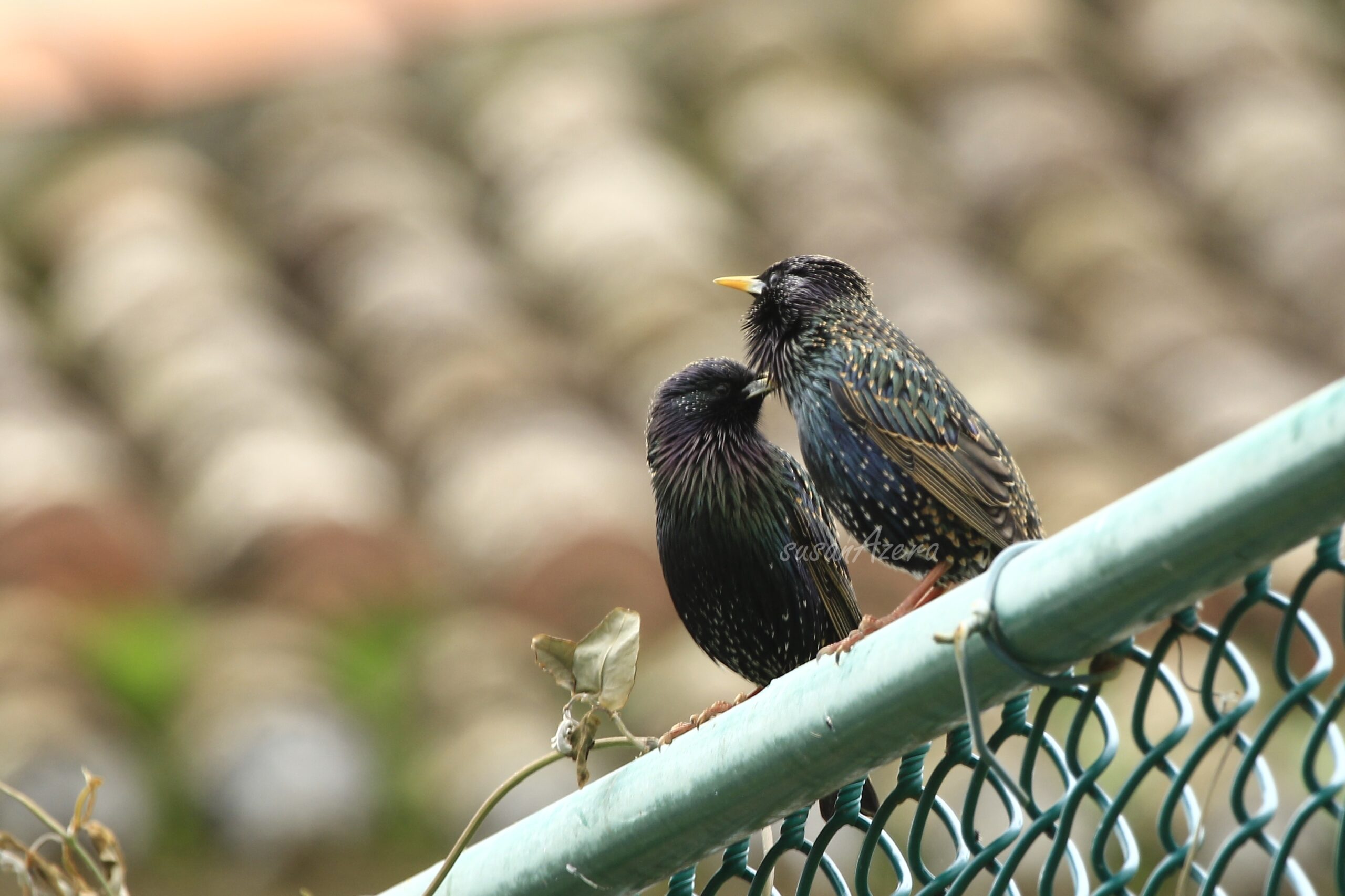
Estorninho
(Sturnus vulgaris)
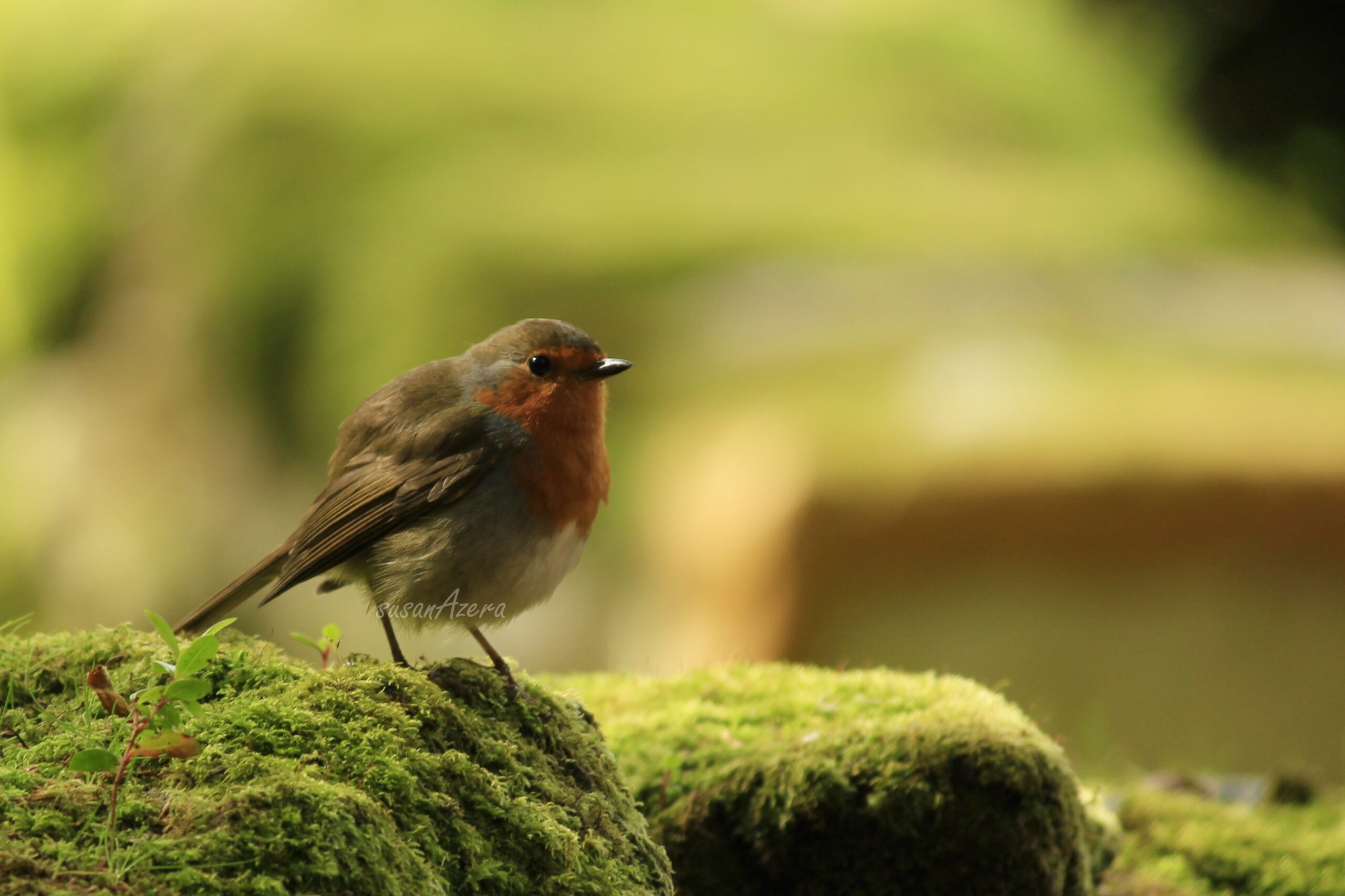
Vinagreira
(Erithacus rubecula)
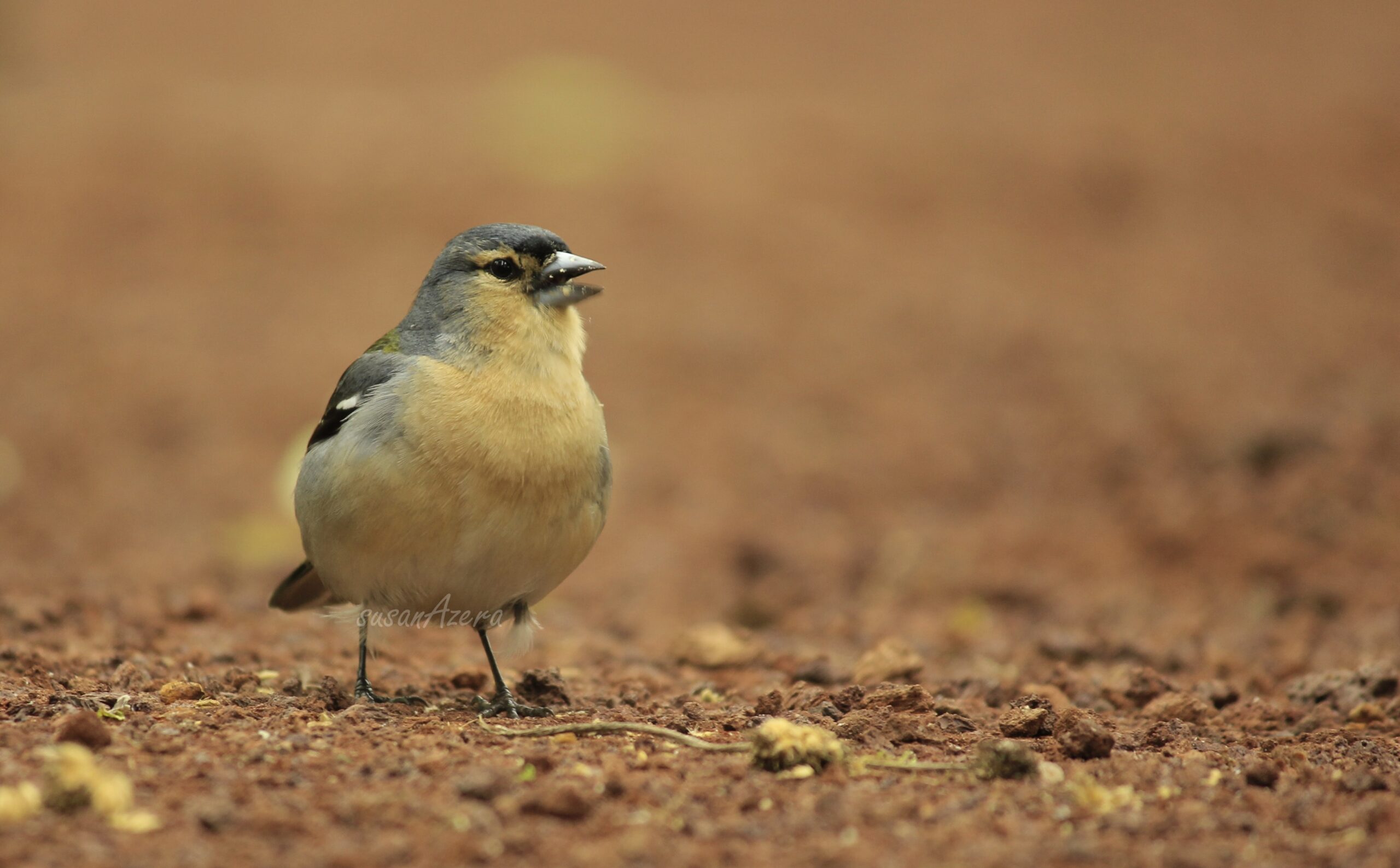
Tentilhão
(Fringilla coelebs)
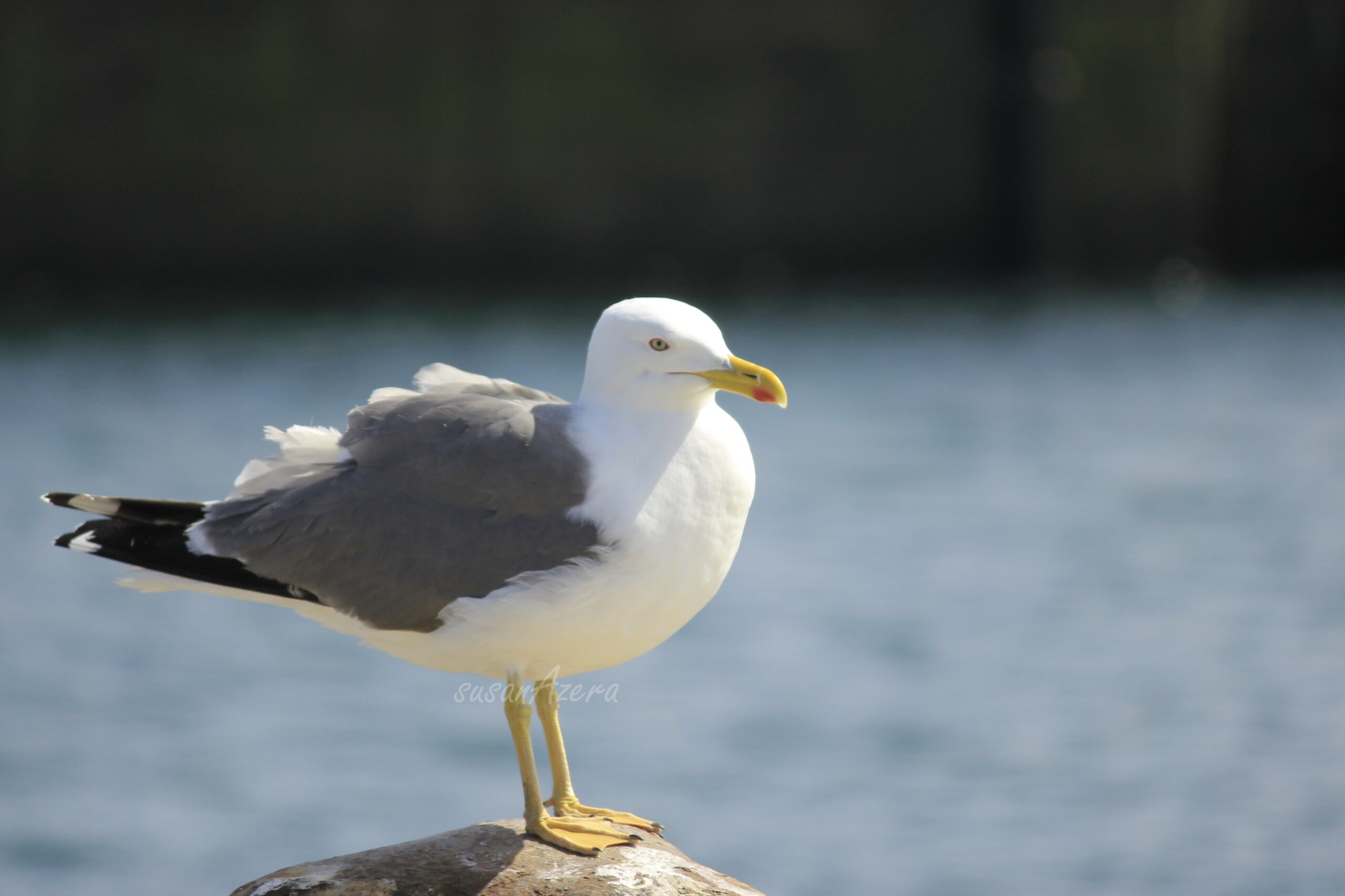
Gaivota-de-patas-amarelas
(Larus michahellis
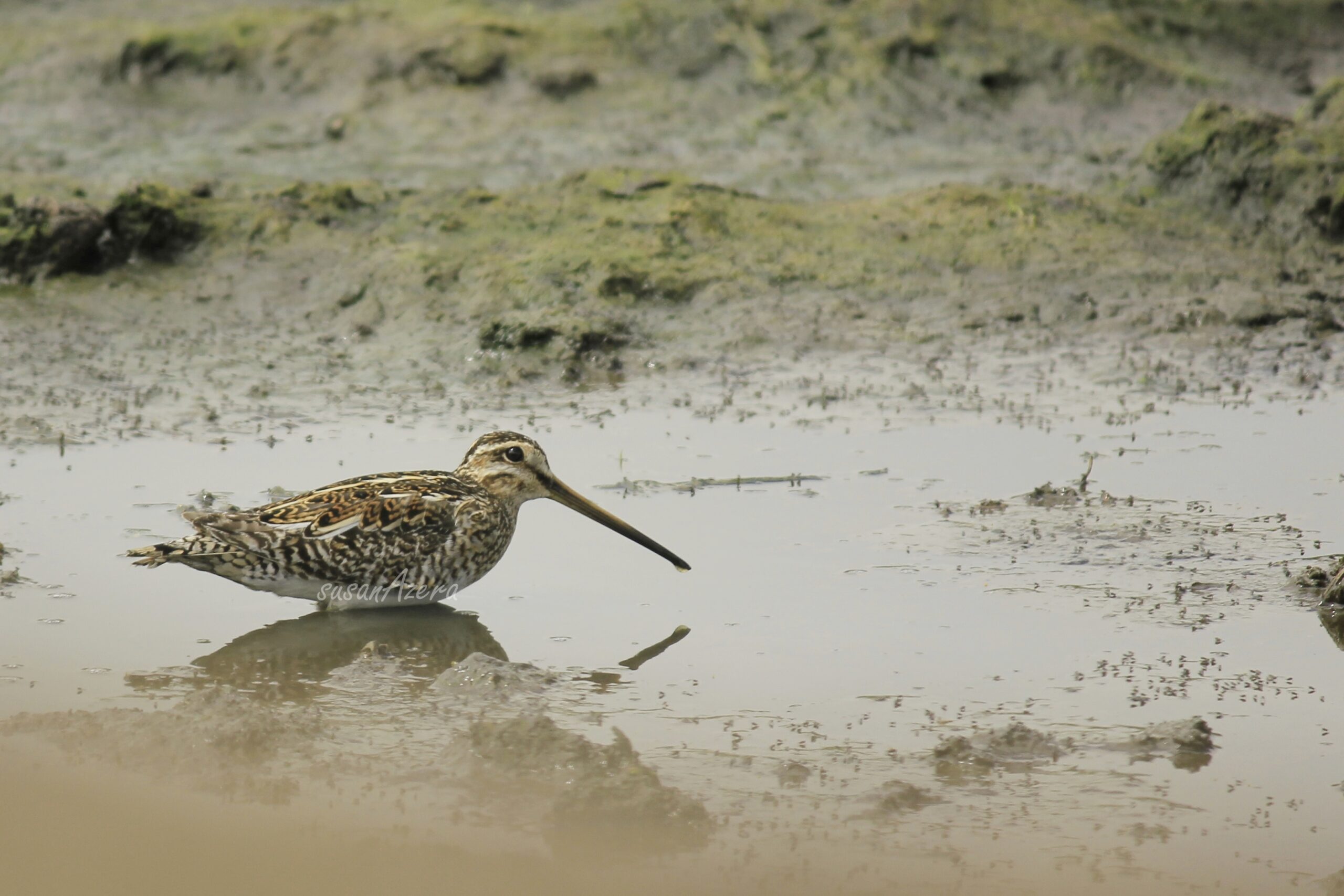
Narceja
(Gallinago gallinago)
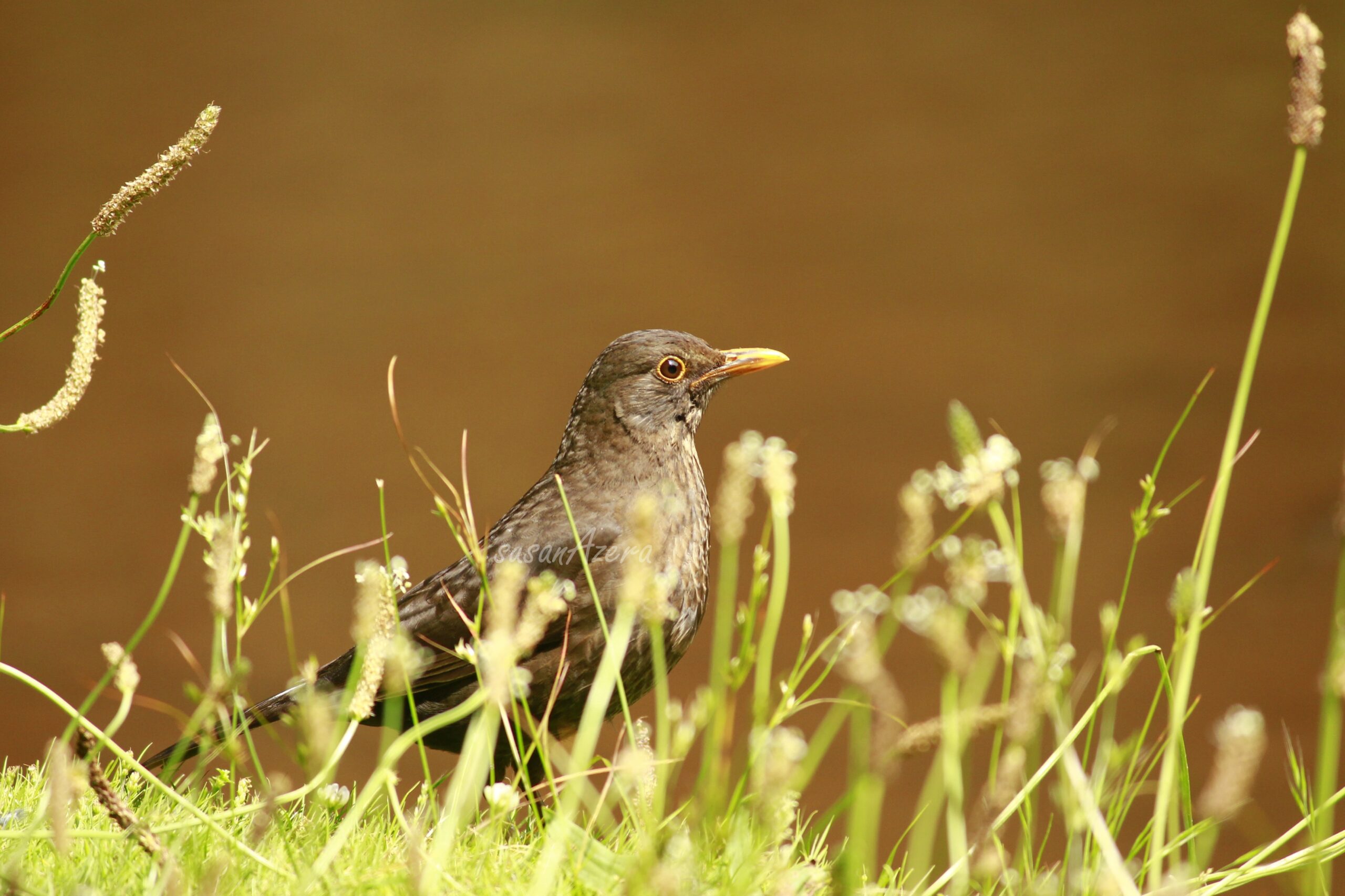
Melro-preto
(Turdus merula)
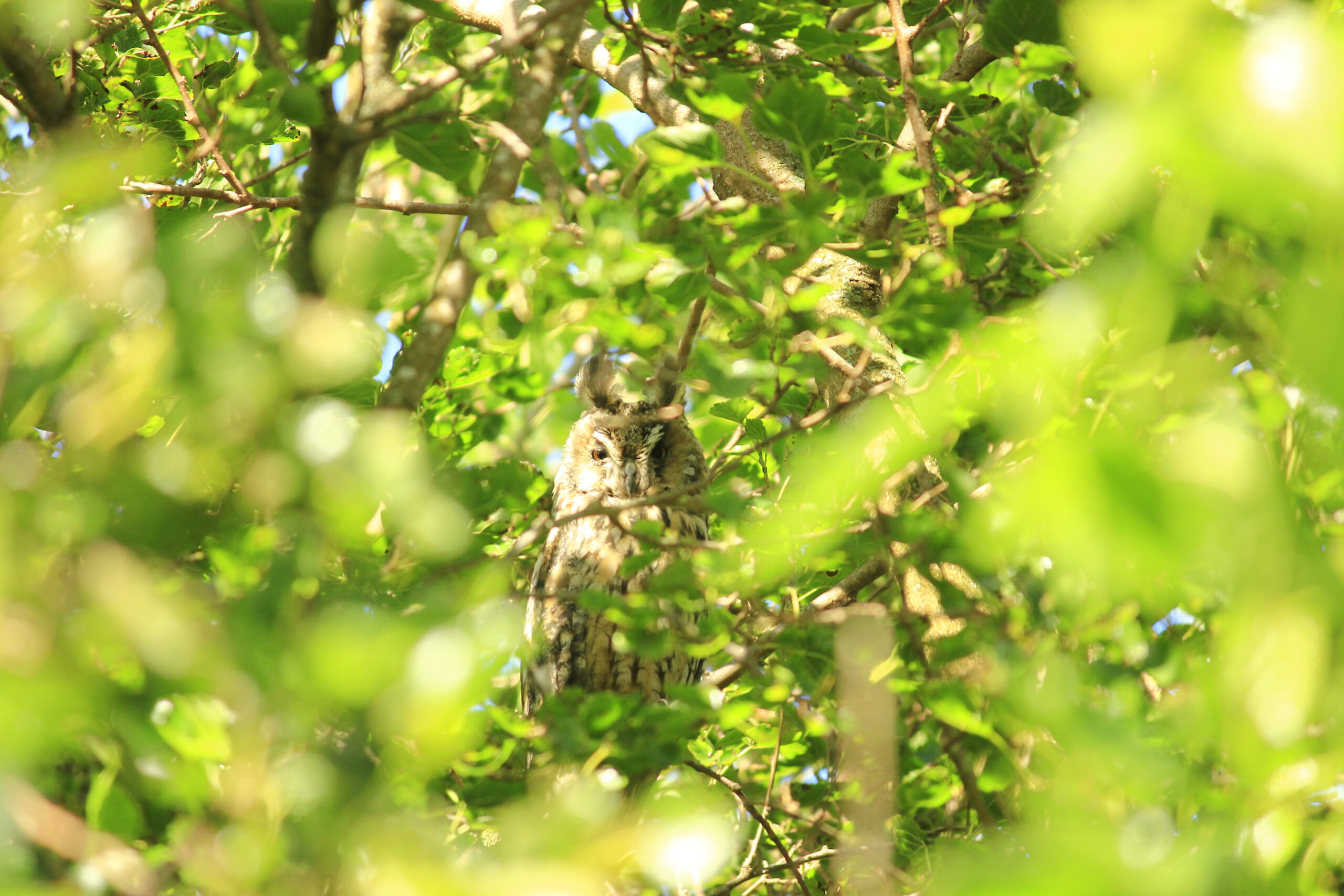
Mocho
(Asio otus)
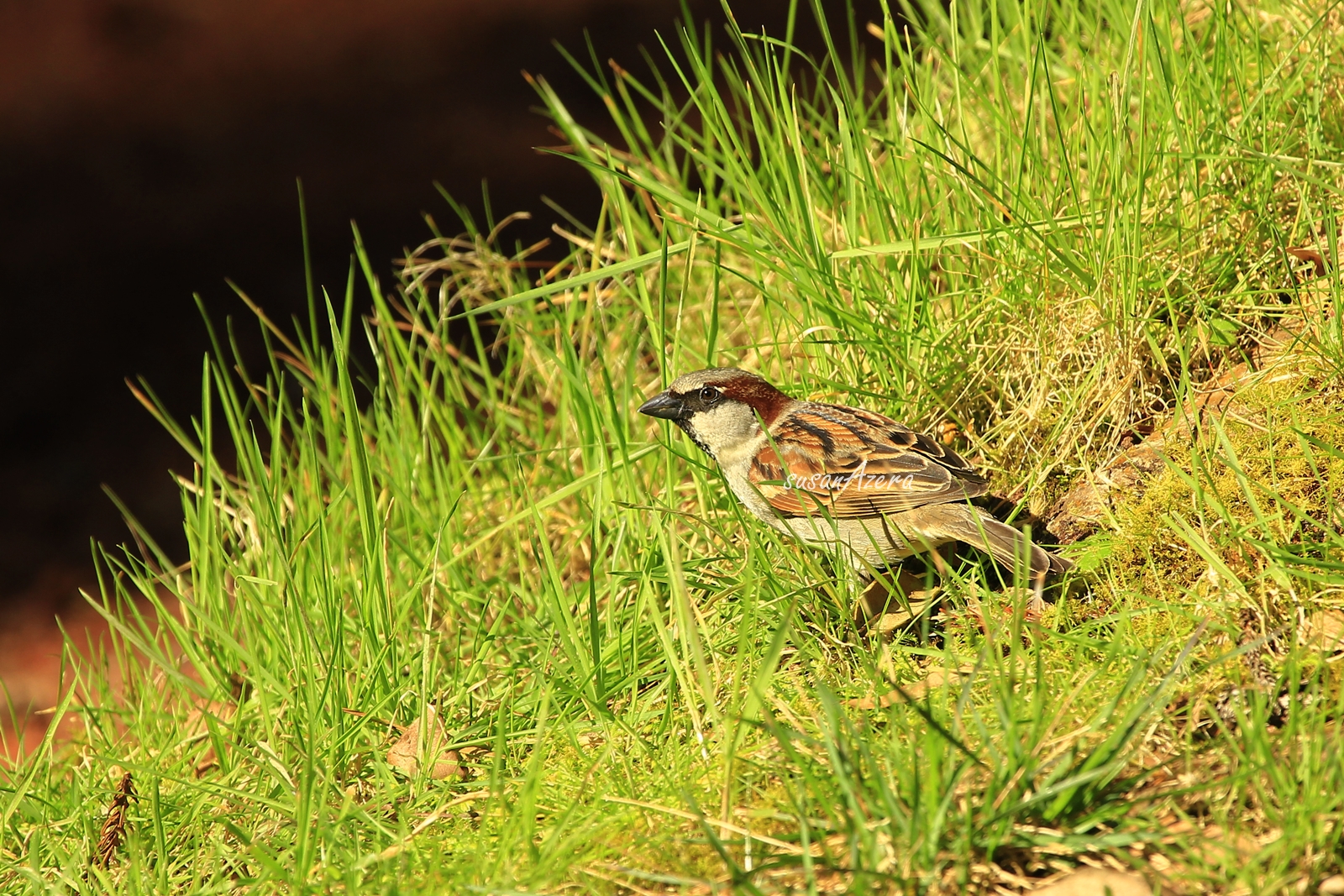
Pardal
(Passer domesticus)
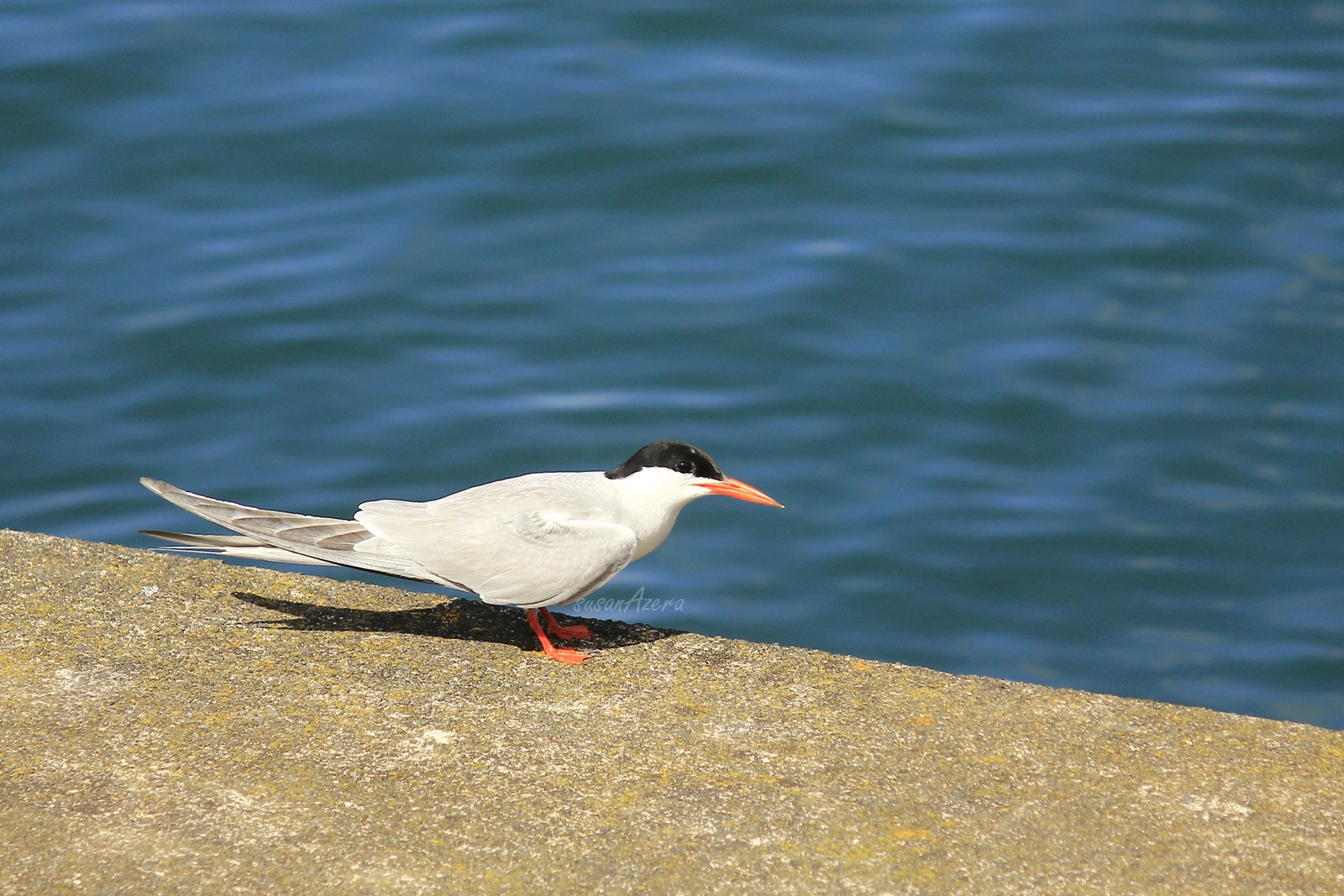
Garajau-comum
(Sterna hirundo)
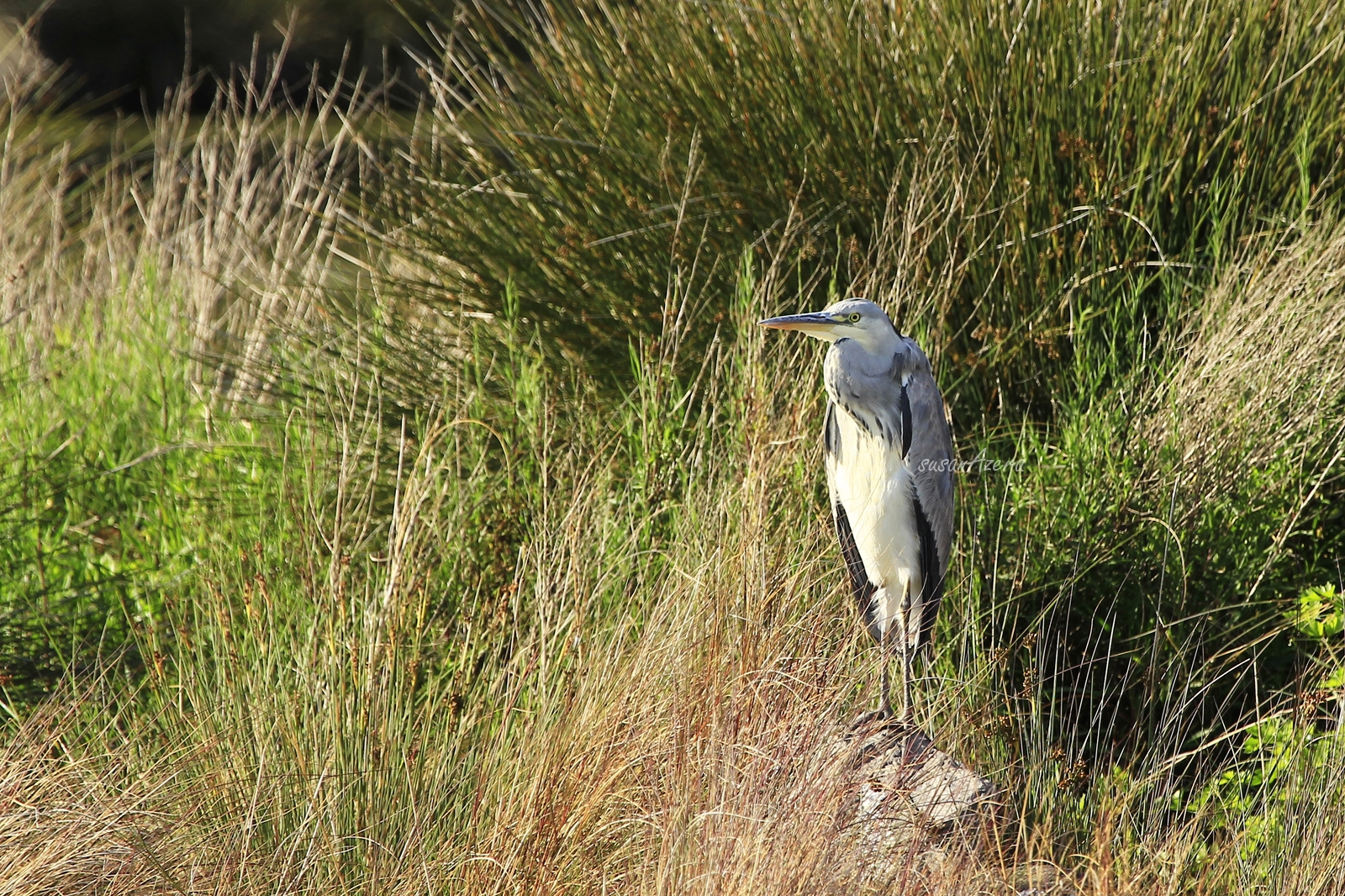
João-Cardoso
(Ardea cinerea)
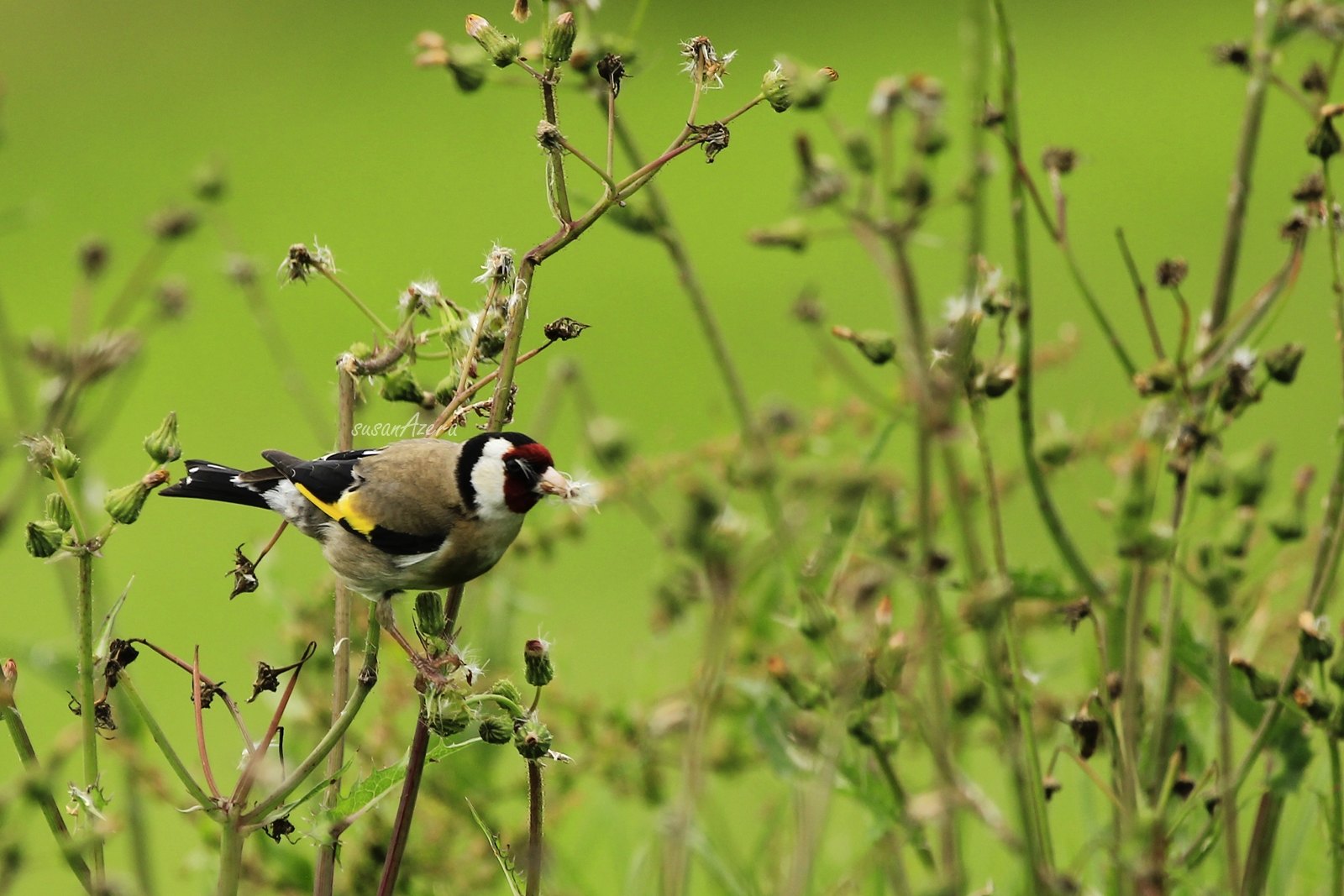
Pintassilgo
(Carduellis carduellis)
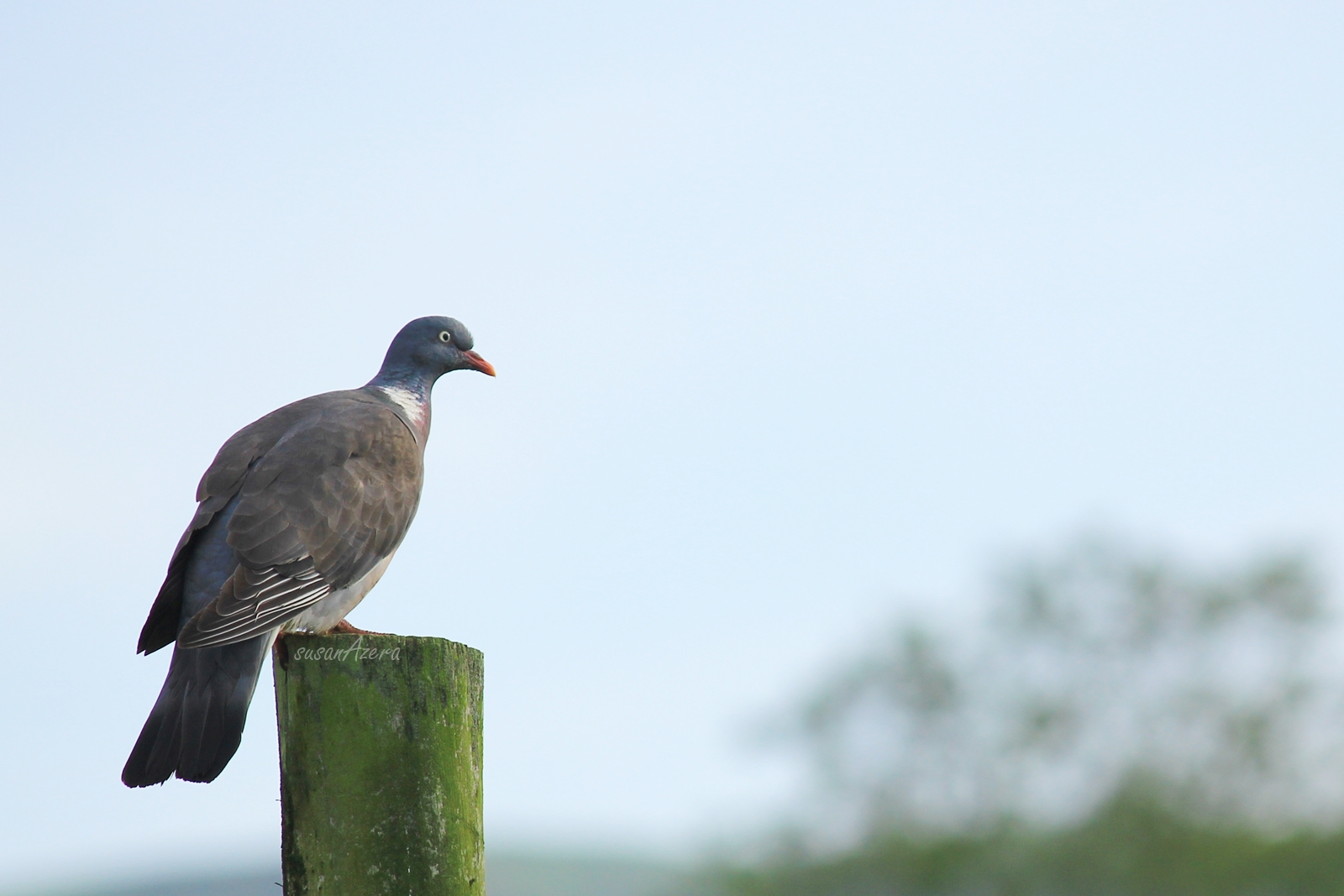
Pombo-torcaz
(Columba palumbus)
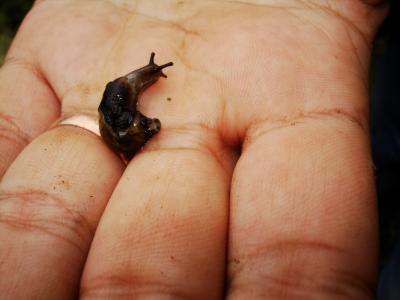
Lesma
(Plutonia brumalis Morelet)
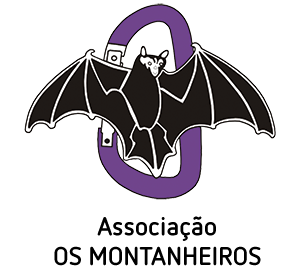
 English
English